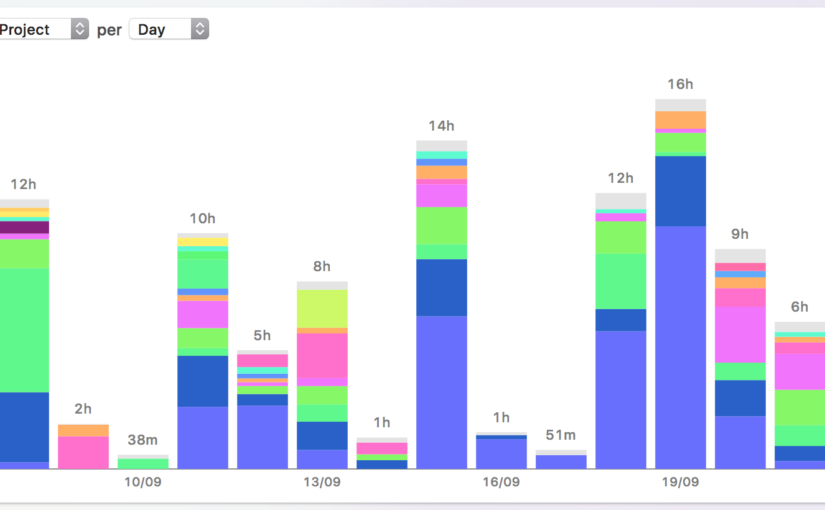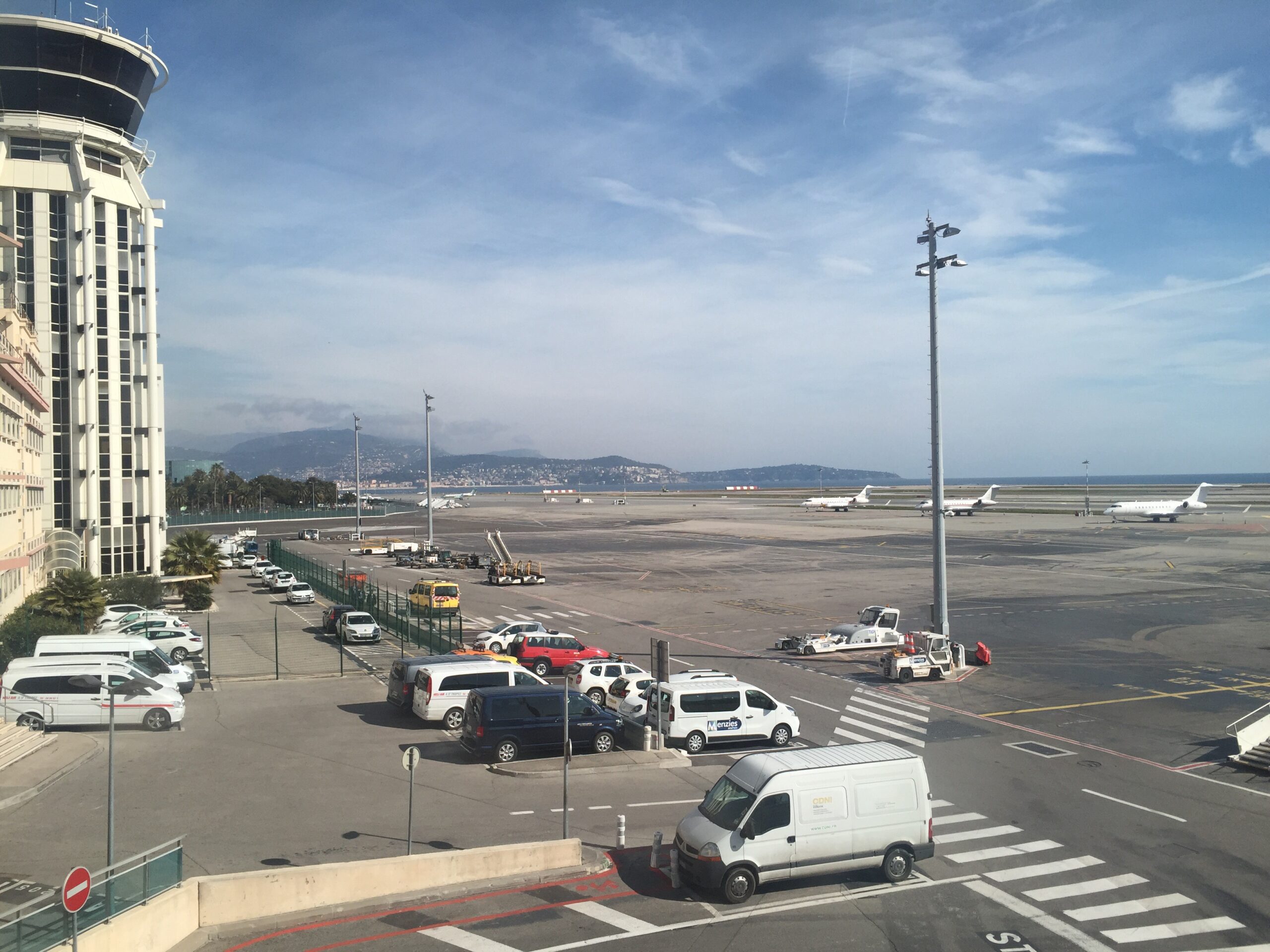I have a rather sedentary job which involves computer work, a lot of typing, listening, thinking, talking, storing a lot of information to be able to throw it up at the right time, in the right form, or to connect the right people or the right dots, etc. I no longer travel very much and don’t get to meet people a lot to conduct my work. I do not have any RSI hurting my wrists to prevent me from typing, and I love my job and care enough that I happily spend hours at my keyboard. I have a lot of stamina.
But the other day, I had been at my desk for several hours reading feedback and input on Social Media on some very controversial work that W3C recently completed, when it hit me: shaky hands, heart beating a little too fast steadily, and the dizziness. That slight tingle in the back of my throat and nose, the faint metallic taste and smell. It lasted a few seconds. I didn’t faint, but I know the signs.
I carried on with my day but later thought that my job had gotten physical.





